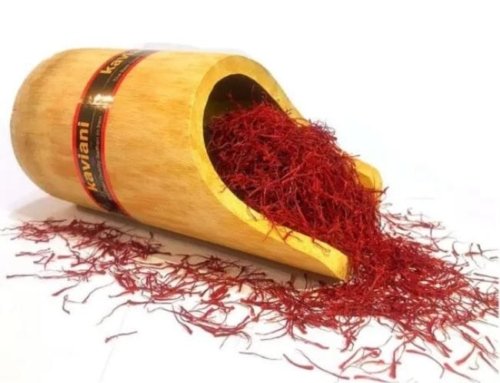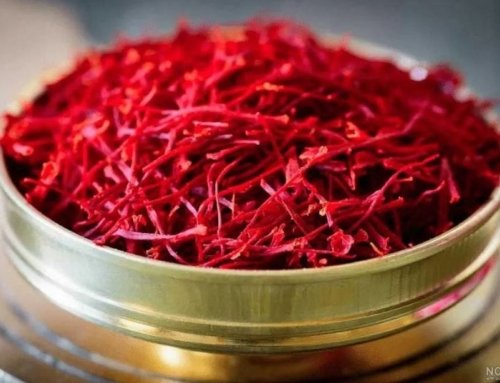Iran’s 6% share of world saffron turnover
The head of the Iranian Genetics Association stated that 90% of the world’s saffron is produced in Iran, while only 6% of the turnover from the sale of saffron goes to Iran.
Dr. Mahmoud Toulaei in the meeting Transgenic; Referring to the applications of biotechnology, he introduced this technology as one of the most important technologies of the 21st century and added: Today we use 1.5 times the capacity of the environment and this type of consumption means losing the main assets of the country. If we can not quickly restore environmental capacity, شر human living conditions will be impossible.
He said that today the recycling of pollutants and the restoration of the environment and the prevention of its destruction is possible using biotechnology methods, he continued: the most difficult effluents are related to the textile industry and biotechnology knowledge is able to remove these pollutants, the most important environmental pollutants Which are hard carbon and can not be eliminated in any way, using biotechnology methods.
There are many requirements in the industry that can be met using biotechnology techniques, such as the extraction of low-grade mines, Tulayi said, referring to the role of microorganisms in regenerating the environment and removing pollutants.
He explained in this regard: In mines such as Moteh of Delijan gold, the mountain is destroyed and its gold stone is extracted, these stones remain in calm pools in solutions that contain cyanide; This substance can penetrate groundwater and its evaporation can damage the lungs.
Emphasizing that biotechnology methods can play an important role in this regard, the head of the Iranian Genetics Association said: Specialists in this field identify microorganisms that can feed on mineral elements by screening around the mine, and the genes of these microorganisms are isolated and isolated. Bacteria that multiply rapidly multiply, and thus, instead of destroying the environment, mining is done using bio-selling methods and at a lower cost.
More than 75 percent of the world’s oil revenues come from countries that do not have oil, he said, referring to the applications of biotechnology in oil.
Emphasizing that these countries are dominated by knowledge, Tulayi said: They buy oil from countries with oil mines at low prices and sell it by processing it at high prices.
The head of the Genetics Research Center of Baqiyatallah Azam University of Medical Sciences, referring to the situation of saffron production in the country, said: Although 90% of the world’s saffron is produced in Iran, but only 6% of the turnover from saffron sales goes to Iran and the rest goes to It is the countries that process and use it in cosmetics, pharmaceuticals, perfumes and food industries.



![Exporting Saffron to Turkey + Price Guide [Complete 0 to 100]](https://www.rowhanisaffron.com/wp-content/uploads/f1-372-500x383.jpg)




Get Social